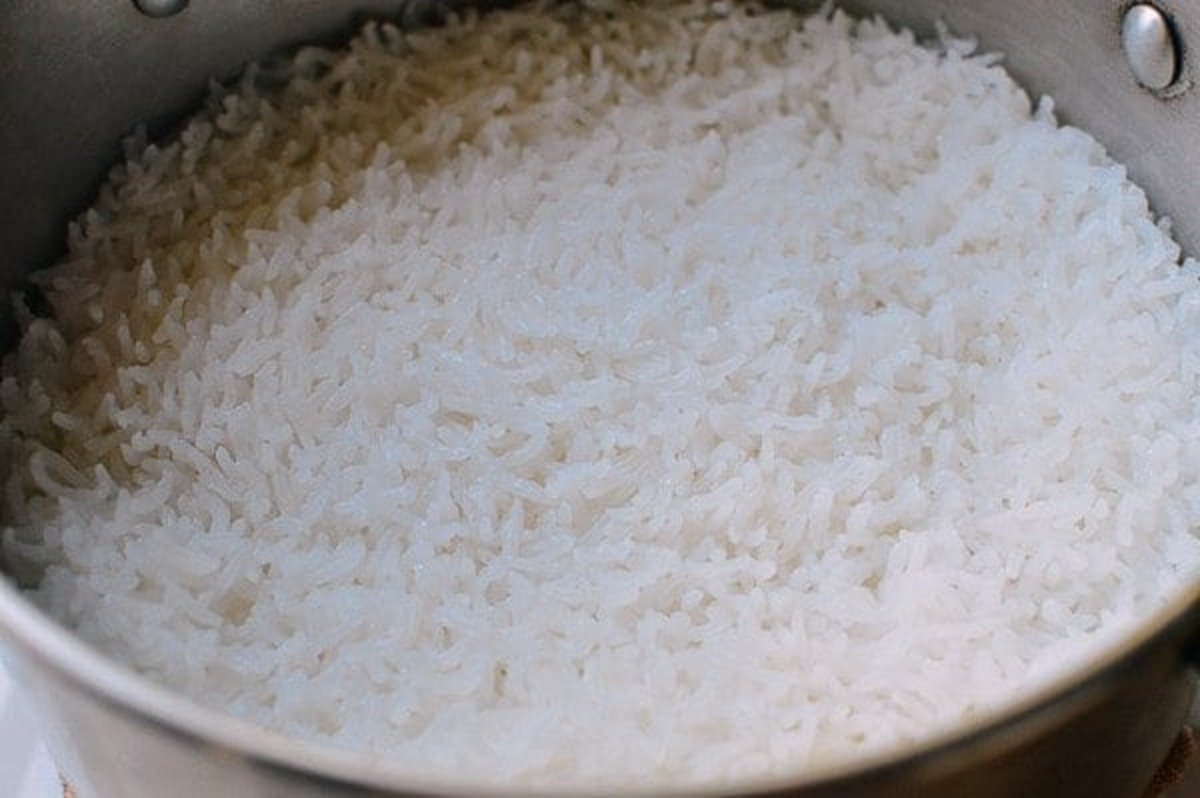

Articles
How Do You Cook Rice In Rice Cooker
Modified: October 19, 2024
Learn how to cook rice in a rice cooker with these helpful articles. Discover tips, tricks, and recipes for perfectly cooked rice every time.
(Many of the links in this article redirect to a specific reviewed product. Your purchase of these products through affiliate links helps to generate commission for Storables.com, at no extra cost. Learn more)
Introduction
Welcome to the wonderful world of rice cookers! If you’re a rice lover or someone who constantly finds themselves cooking rice for meals, a rice cooker can be a game-changer. Gone are the days of guesswork and overcooked or undercooked rice. With a rice cooker, you can achieve perfectly fluffy and delicious rice every time.
In this article, we will explore the benefits of using a rice cooker, provide a step-by-step guide on how to cook rice in a rice cooker, share tips for perfectly cooked rice, discuss the variations of rice you can cook in a rice cooker, and provide guidance on cleaning and maintaining your rice cooker. We will also cover common troubleshooting issues that you may encounter along the way.
Using a rice cooker not only simplifies the rice cooking process but also preserves the nutrients and flavors of the rice. It takes the guesswork out of determining the right water-to-rice ratio and cooking time, ensuring consistent results every time you cook.
Whether you’re a busy professional, a student, or a home cook, a rice cooker can be a valuable investment in your kitchen. It allows you to multitask and prepare other dishes while your rice cooks to perfection. Additionally, rice cookers often come with additional features like a keep-warm function, which keeps your rice fresh and warm until you’re ready to serve.
So, if you’re ready to enter the world of hassle-free rice cooking, let’s dive into the benefits of using a rice cooker.
Key Takeaways:
- Embrace the convenience and versatility of a rice cooker to effortlessly cook a variety of rice types, from brown and wild rice to sushi rice and quinoa. Experiment with flavors and grains to elevate your culinary creations.
- Master the art of perfectly cooked rice with a rice cooker by following simple steps, tips, and troubleshooting advice. Say goodbye to dry, sticky, or undercooked rice and enjoy consistently delicious results every time.
Read more: How Do You Know When A Rice Cooker Is Done
Benefits of Using a Rice Cooker
Investing in a rice cooker comes with numerous advantages that make it a must-have appliance in any kitchen. Here are some of the key benefits of using a rice cooker:
- Convenience: One of the biggest advantages of a rice cooker is the convenience it offers. Simply measure the rice and water, add them to the cooker, press a button, and let the cooker do the rest. You can walk away and attend to other tasks without worrying about constantly checking the pot to prevent boiling over or burning.
- Consistent Results: With a rice cooker, you can say goodbye to undercooked or overcooked rice. The cooker’s built-in sensors and advanced technology ensure that the rice is cooked to perfection every time. You’ll always get fluffy, evenly cooked rice without any guesswork.
- Time-Saving: Cooking rice on the stovetop requires regular monitoring and stirring. In contrast, using a rice cooker saves you time and effort as it automates the cooking process. You can set it and forget it until the rice is perfectly done.
- Energy Efficiency: Rice cookers are designed to be energy-efficient. They consume less energy compared to cooking rice on a stovetop. Plus, rice cookers have built-in features that automatically switch to the “keep warm” mode once the rice is cooked, helping you save on energy consumption.
- Versatility: Although rice is the primary food item cooked in a rice cooker, many modern models offer additional functions. Some rice cookers have settings for cooking steamed vegetables, soups, stews, and even cakes. This versatility expands your cooking possibilities and helps you prepare a variety of delicious dishes.
- Flavor Preservation: Rice cookers not only cook rice, but they also help preserve the natural flavor and texture of the rice. The sealed environment inside the cooker prevents steam from escaping, which helps the rice retain its moisture and taste. The result is perfectly cooked, fragrant rice that is irresistible.
These benefits make a rice cooker a valuable addition to any kitchen. Whether you’re a busy individual looking for convenience or a home cook seeking consistent results, a rice cooker is a fantastic investment that will simplify your rice cooking process and elevate your culinary experience.
Step-by-Step Guide on Cooking Rice in a Rice Cooker
Cooking rice in a rice cooker is incredibly easy and requires minimal effort. Follow these simple steps to achieve perfectly cooked rice every time:
- Measure the Rice: Use the measuring cup that comes with your rice cooker to measure the desired amount of rice. The standard ratio is 1:2, which means one cup of rice to two cups of water. Adjust the ratio based on your preference and the type of rice you are using.
- Wash the Rice: Rinse the rice under cold water to remove any excess starch. Use your hands to gently rub the grains together while rinsing. Continue rinsing until the water runs clear.
- Add Water: Transfer the rinsed rice into the rice cooker pot. Add the appropriate amount of water according to the desired rice-to-water ratio. Some rice cookers have marked water levels inside the pot for easy reference.
- Let it Soak (Optional): If you have the time, you can let the rice soak in the water for about 20-30 minutes. This step helps soften the grains and leads to fluffier rice. However, if you’re short on time, you can skip this step and proceed to the next.
- Close the Lid and Start Cooking: Once you’ve added the water and rice to the pot, close the lid securely. Plug in the rice cooker and select the desired cooking setting. Most rice cookers have different settings for white rice, brown rice, sushi rice, and more. Choose the appropriate setting based on the type of rice you are cooking.
- Allow the Rice to Cook: The rice cooker will automatically adjust the cooking time and temperature based on the selected setting. Avoid opening the lid or stirring the rice during the cooking process, as it may disrupt the cooking time and result in unevenly cooked rice.
- Wait for the Cook Cycle to Complete: Once the rice cooker completes the cooking cycle, it will typically switch to the “keep warm” mode. Allow the rice to sit in the cooker for a few minutes to further steam and absorb any remaining moisture.
- Fluff and Serve: Open the rice cooker lid and use a fork or a rice paddle to gently fluff the rice. This step separates the grains and ensures a light, airy texture. Serve the freshly cooked rice as a side dish or as part of your favorite rice-based recipes.
That’s it! With these simple steps, you can effortlessly cook rice in a rice cooker and enjoy perfectly cooked grains every time. Experiment with different types of rice and water ratios to find your personal preference and create delicious meals that will impress your family and friends.
Tips for Perfectly Cooked Rice in a Rice Cooker
While cooking rice in a rice cooker is generally straightforward, there are a few tips and tricks that can help you achieve even better results. Here are some tips for consistently making perfectly cooked rice in your rice cooker:
- Select the Right Rice: Different types of rice require different amounts of water and cooking times. Be sure to read the instructions on the rice package and adjust the water-to-rice ratio accordingly. Whether you’re using white rice, brown rice, basmati rice, or jasmine rice, following the recommended cooking instructions will help ensure perfectly cooked grains.
- Soak the Rice: If you have the time, allowing the rice to soak in water for 20-30 minutes before cooking can yield better results. Soaking helps soften the grains, resulting in fluffier rice. However, make sure to adjust the water ratio slightly, as the rice will absorb some water during the soaking process.
- Avoid Opening the Lid: Once you’ve started the cooking process, resist the temptation to open the lid and check on the rice. Rice cookers are designed to create a sealed environment that traps steam, which is crucial for even cooking. Opening the lid too early can cause a loss of steam and heat, resulting in undercooked rice.
- Let the Rice Rest: After the rice cooker has completed the cooking cycle, allow the rice to rest for a few minutes in the “keep warm” mode. This resting time helps the rice to fully absorb any remaining moisture and results in a more even texture.
- Avoid Overfilling: To prevent the rice from boiling over and making a mess, avoid overfilling the rice cooker pot. Rice grains expand during cooking, so leave enough room for the rice to expand without overflowing. As a general rule, fill the pot no more than two-thirds full.
- Fluff with a Fork: When you’re ready to serve the rice, use a fork or a rice paddle to fluff the grains. This gentle fluffing separates the rice grains and helps release any excess moisture, resulting in a lighter and more appetizing texture.
- Experiment with Seasonings and Add-Ins: Rice cookers provide an excellent opportunity to infuse additional flavors into your rice. Try adding seasonings like herbs, spices, or bouillon cubes to the rice and water before cooking. You can also mix in ingredients like diced vegetables, nuts, or dried fruits to create a more flavorful and diverse rice dish.
- Clean the Rice Cooker Thoroughly: To maintain the performance and longevity of your rice cooker, it’s essential to clean it properly after each use. Follow the manufacturer’s instructions for cleaning and ensure that all the parts are thoroughly dried before storing. A clean rice cooker will continue to produce great-tasting rice.
By following these tips, you’ll be able to consistently prepare perfectly cooked rice in your rice cooker. Don’t be afraid to experiment with different rice varieties, seasonings, and add-ins to create unique and delicious rice dishes that will impress your family and friends.
Rinse the rice in a fine-mesh strainer before cooking to remove excess starch and improve the texture of the cooked rice.
Variations of Rice You Can Cook in a Rice Cooker
While the name suggests that a rice cooker is primarily used for cooking rice, it is a versatile kitchen appliance that can handle much more than just plain white rice. Here are some variations of rice that you can easily cook in your rice cooker:
- Brown Rice: Brown rice is a healthier alternative to white rice as it retains the bran and germ, giving it a higher nutritional value. Cooking brown rice in a rice cooker is as simple as cooking white rice. Just adjust the water ratio and select the appropriate setting for brown rice on your rice cooker.
- Wild Rice: Wild rice has a nutty flavor and a chewy texture that adds a unique touch to dishes. Combine wild rice with water in your rice cooker, adjust the water ratio and cooking time accordingly, and let the rice cooker work its magic.
- Sushi Rice: Making sushi at home? Your rice cooker can come in handy for preparing sushi rice. Use the appropriate water-to-rice ratio for sushi rice and select the sushi rice setting on your rice cooker. Once cooked, add the seasoned rice vinegar and gently mix to achieve that perfect sticky and seasoned sushi rice.
- Quinoa: Quinoa is a protein-packed grain and a fantastic alternative to rice. Cooking quinoa in a rice cooker is a breeze. Just rinse the quinoa, add the appropriate water-to-quinoa ratio, and select the appropriate setting on your rice cooker. Quinoa cooks faster than rice, so keep an eye on it to prevent overcooking.
- Black Rice: Also known as forbidden rice, black rice has a unique and nutty flavor, along with a striking, deep purple color. Rinse the black rice, add the specified amount of water, and let your rice cooker do its job. You’ll be rewarded with a visually appealing and flavorful rice dish.
- Jasmine Rice: Jasmine rice is known for its fragrant aroma and delicate flavor. To achieve perfectly cooked jasmine rice in your rice cooker, follow the rice-to-water ratio specified for jasmine rice and select the appropriate setting. Once cooked, fluff the rice with a fork to release the aromatic scent.
- Arborio Rice: Arborio rice is a classic choice for creamy risottos. Though traditional risotto requires constant stirring on the stovetop, you can simplify the process by using your rice cooker. Sauté the onions and rice in the rice cooker pot with a little butter or oil, then add the broth and select the appropriate setting. Stir in your desired ingredients towards the end for a delicious risotto.
- Mixed Grain Rice: If you like a variety of grains in your rice, you can easily create a mixed grain rice blend in your rice cooker. Combine different grains like rice, quinoa, barley, or bulgur wheat along with water and cook according to your rice cooker’s instructions. The result is a nutritious and flavorful combination of grains.
These are just a few examples of the many variations of rice that you can cook in a rice cooker. Feel free to experiment with different grains, flavors, and seasonings to create your own unique rice dishes that suit your taste preferences and dietary needs.
Read more: How Do You Cook Brown Rice In A Rice Cooker
Cleaning and Maintaining Your Rice Cooker
Proper cleaning and maintenance are essential to keep your rice cooker in optimal condition and ensure its longevity. Here are some tips on how to clean and maintain your rice cooker:
- Unplug and Cool Down: Before starting the cleaning process, make sure to unplug the rice cooker and allow it to cool down completely. This is important for your safety and to prevent any potential accidents.
- Remove the Inner Pot: Take out the inner pot from the rice cooker. Most rice cookers have a non-stick coating, making it easy to remove cooked rice and clean the pot. Wash the pot with warm soapy water and a non-abrasive sponge or cloth. Avoid using harsh cleaning pads or abrasive cleaners as they can damage the non-stick coating.
- Clean the Exterior: Wipe the exterior of the rice cooker with a damp cloth to remove any food residue or grease. Pay attention to the control panel and any buttons or knobs, ensuring they are clean and dry. Be careful not to let any liquid enter the inner workings of the rice cooker.
- Remove Lingering Odors: If your rice cooker has developed any lingering odors, especially from strong-smelling foods like spices or fish, you can eliminate them by wiping the inner pot with a cloth soaked in a mixture of equal parts water and vinegar. Rinse the pot thoroughly afterward to remove any vinegar residue.
- Ensure Proper Drying: After cleaning the inner pot, make sure it is completely dry before placing it back into the rice cooker. Moisture left in the pot or on the heating element can lead to mold or other issues. Air-drying or using a clean, dry cloth or paper towel to dry the pot are effective methods.
- Regular Deep Cleaning: Periodically, it’s essential to give your rice cooker a more thorough cleaning. Depending on the manufacturer’s instructions, you may be able to remove the steam vent and inner lid for cleaning. Consult the user manual for specific instructions on how to deep clean your rice cooker.
- Store Properly: When not in use, store your rice cooker in a clean, dry place. Keep the inner pot separate from the cooker, if possible, to allow for proper ventilation and prevent moisture build-up. Make sure the rice cooker is completely cool and dry before storing to avoid any potential odors or mold growth.
- Regular Maintenance: It’s beneficial to perform regular maintenance on your rice cooker to ensure its optimal performance. Check the manufacturer’s manual for any specific maintenance recommendations. This may include checking and cleaning the steam vent or replacing any removable parts when necessary.
By following these cleaning and maintenance tips, you can keep your rice cooker clean, functional, and in excellent condition for years of delicious rice and other culinary creations. A well-maintained rice cooker not only ensures reliable performance but also helps prevent any potential safety hazards or food contamination.
Troubleshooting Common Rice Cooking Issues
While rice cookers are designed to simplify the rice cooking process, occasional issues may still arise. Here are some common rice cooking issues you may encounter and how to troubleshoot them:
- Rice is Too Dry: If your cooked rice turns out dry and lacks moisture, it could be due to insufficient water during the cooking process. Adjust the water-to-rice ratio by adding a bit more water next time. Additionally, you can try rinsing the rice for a shorter period of time to retain more moisture before cooking.
- Rice is Too Sticky or Mushy: Sticky or mushy rice is often the result of using too much water or cooking the rice for too long. Decrease the water-to-rice ratio slightly to achieve a firmer texture. Alternatively, if you prefer softer rice, try reducing the cooking time. Experiment with different ratios and cooking times until you achieve the desired consistency.
- Rice is Undercooked: If your rice is undercooked and still hard, it may be due to not enough water or insufficient cooking time. Ensure that you are using the correct water-to-rice ratio and give the rice a little more cooking time. If the problem persists, you may need to increase the water slightly or let the rice soak for a longer period before cooking.
- Rice is Overcooked and Sticky: Overcooked and sticky rice can be the result of using too much water or leaving the rice in the cooker on the “keep warm” setting for too long. To prevent this, adjust the water-to-rice ratio by using slightly less water and avoid leaving the rice in the cooker for an extended period after it has finished cooking.
- Rice Cooker Boils Over: If your rice cooker frequently boils over, it could be due to overfilling the cooker or using too much water. When cooking rice, never fill the cooker beyond the recommended capacity, typically indicated with markings inside the pot. Also, ensure that you are using the correct water-to-rice ratio to prevent excessive bubbling and boiling.
- Rice Cooker Won’t Start or Cook: If your rice cooker won’t start or cook, first, double-check that it is properly plugged into a working power source. Ensure that the lid is securely closed and the inner pot is correctly placed. If the problem persists, consult the user manual or contact the manufacturer for assistance and troubleshooting guidance.
- Burnt Rice at the Bottom: Burnt rice at the bottom of the pot often occurs when the rice cooker has been left on the “keep warm” mode for too long or at too high a temperature. To prevent this, remove the cooked rice from the pot as soon as it finishes cooking. If the rice has already burned, avoid scraping off the burnt parts and focus on salvaging the unburned portion of the rice.
It’s important to note that different rice cookers may have slight variations in cooking times and recommendations. Always refer to the manufacturer’s instructions and use their guidelines as a starting point. Through trial and error, you will learn the optimal settings and adjustments required for your specific rice cooker to produce consistently delicious and well-cooked rice.
Conclusion
A rice cooker is a versatile and convenient kitchen appliance that can transform your rice cooking experience. Whether you’re a rice enthusiast or someone who simply wants perfectly cooked rice without the hassle, a rice cooker is a valuable investment.
In this article, we explored the benefits of using a rice cooker, including its convenience, consistent results, time-saving capabilities, energy efficiency, versatility, and flavor preservation. We also provided a step-by-step guide on how to cook rice in a rice cooker, along with tips for achieving perfectly cooked rice.
Additionally, we discussed the various types of rice you can cook in a rice cooker, ranging from brown and wild rice to sushi rice and quinoa. This appliance opens up a world of culinary possibilities, allowing you to experiment with different grains and flavors.
To ensure the longevity of your rice cooker, we covered the proper cleaning and maintenance techniques, emphasizing the importance of regular cleaning, proper drying, and safe storage.
Lastly, we addressed common rice cooking issues and provided troubleshooting tips to help you overcome challenges such as dry or sticky rice, undercooked or overcooked rice, boiling over, and more.
With these insights and knowledge, you’re well-equipped to make the most out of your rice cooker and enjoy consistently delicious and perfectly cooked rice every time.
So, don’t hesitate to embrace the convenience and reliability of a rice cooker in your kitchen. Say goodbye to the days of undercooked or overcooked rice and embrace the ease and perfection of rice cooking with a rice cooker.
Frequently Asked Questions about How Do You Cook Rice In Rice Cooker
Was this page helpful?
At Storables.com, we guarantee accurate and reliable information. Our content, validated by Expert Board Contributors, is crafted following stringent Editorial Policies. We're committed to providing you with well-researched, expert-backed insights for all your informational needs.
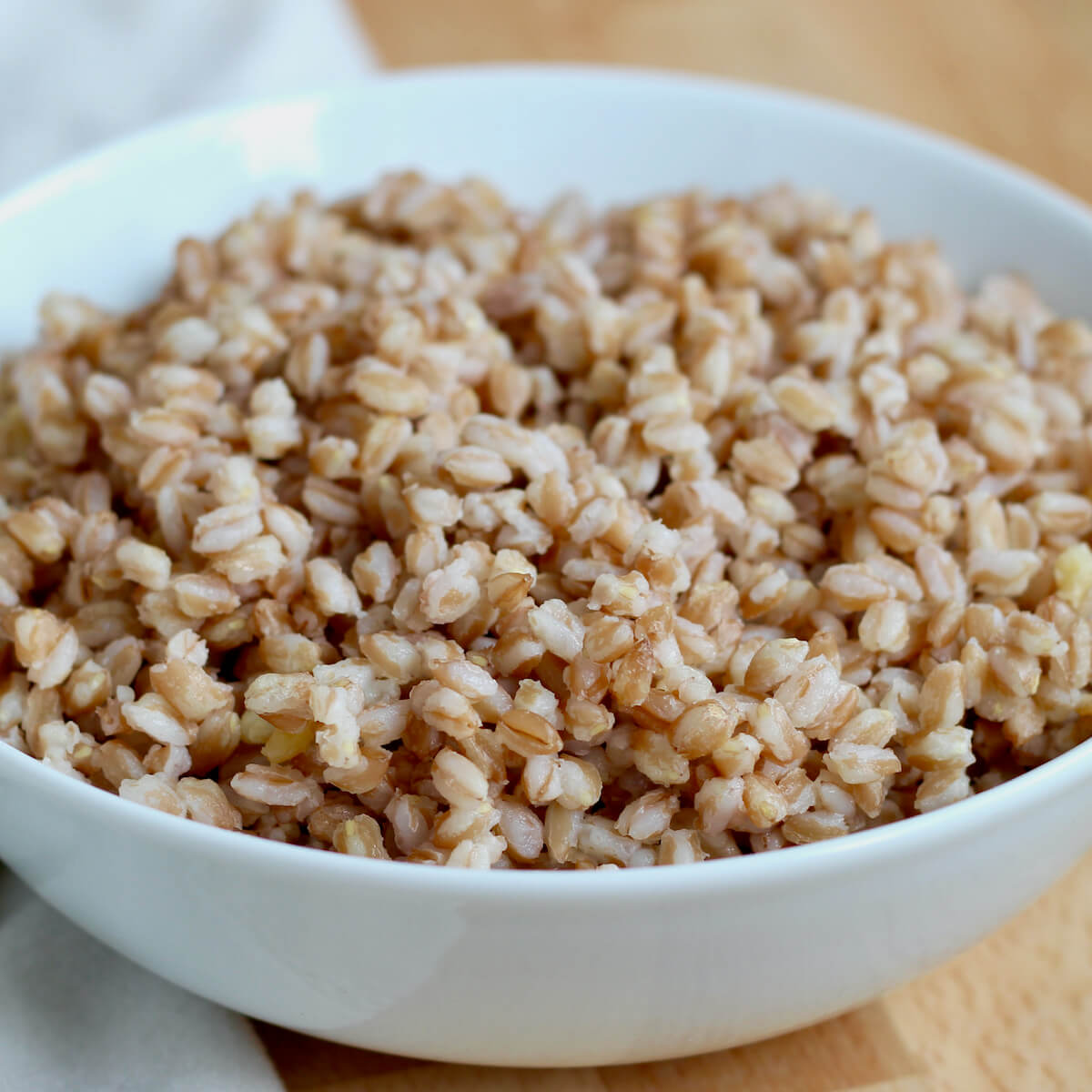
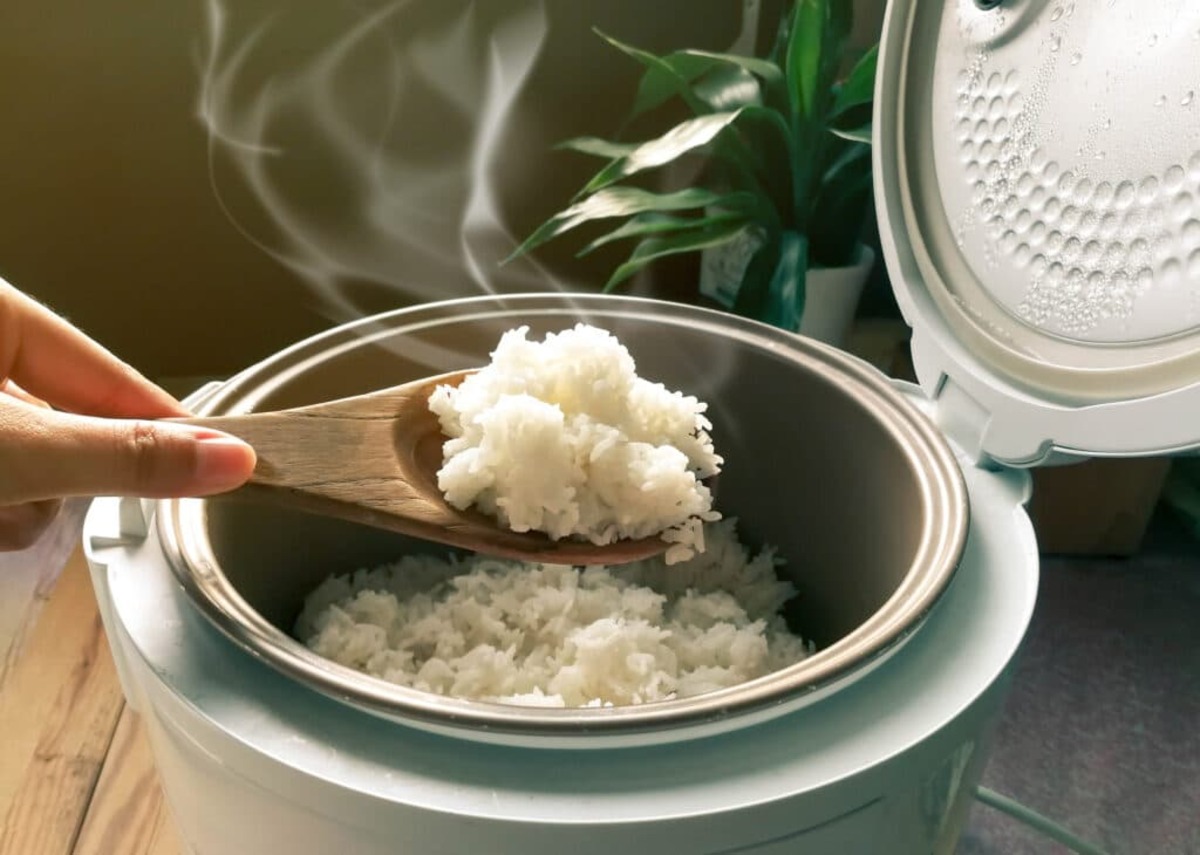
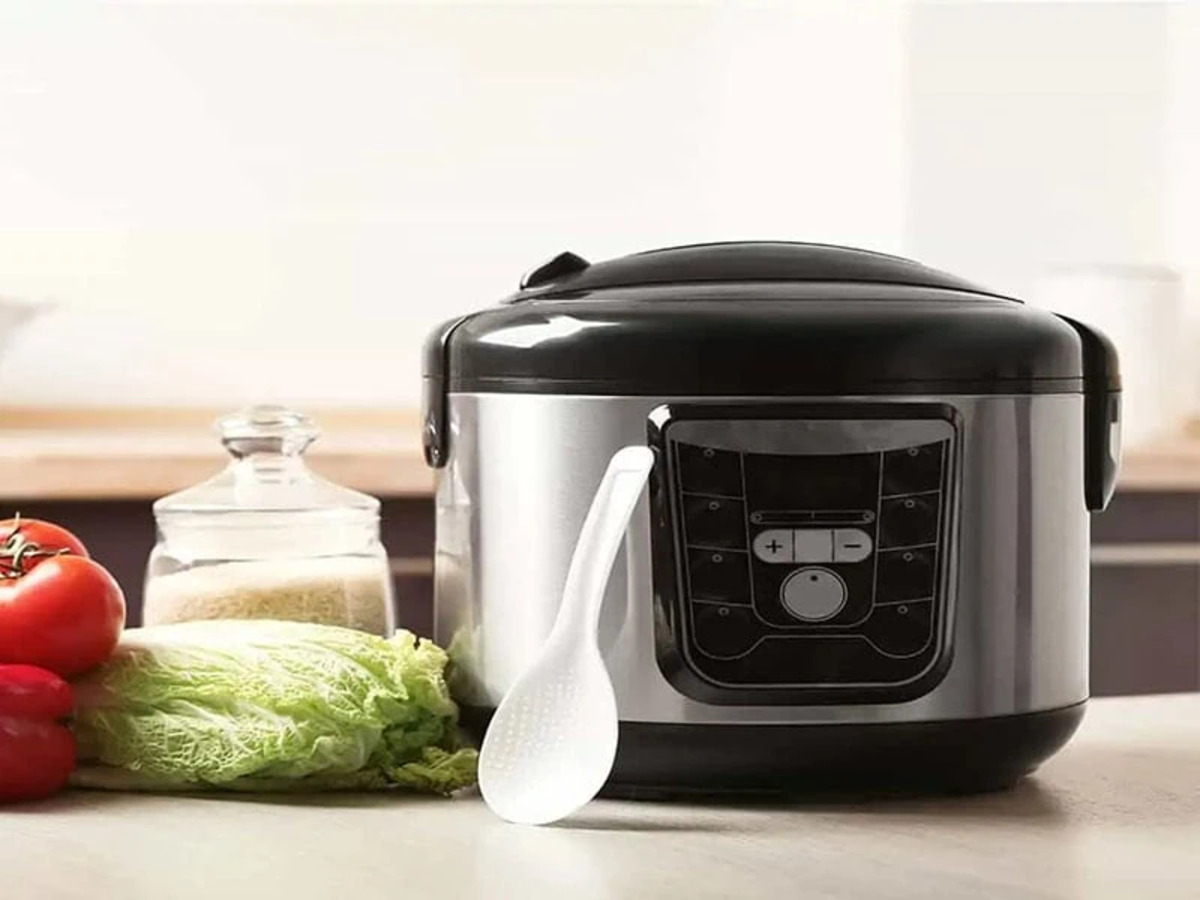
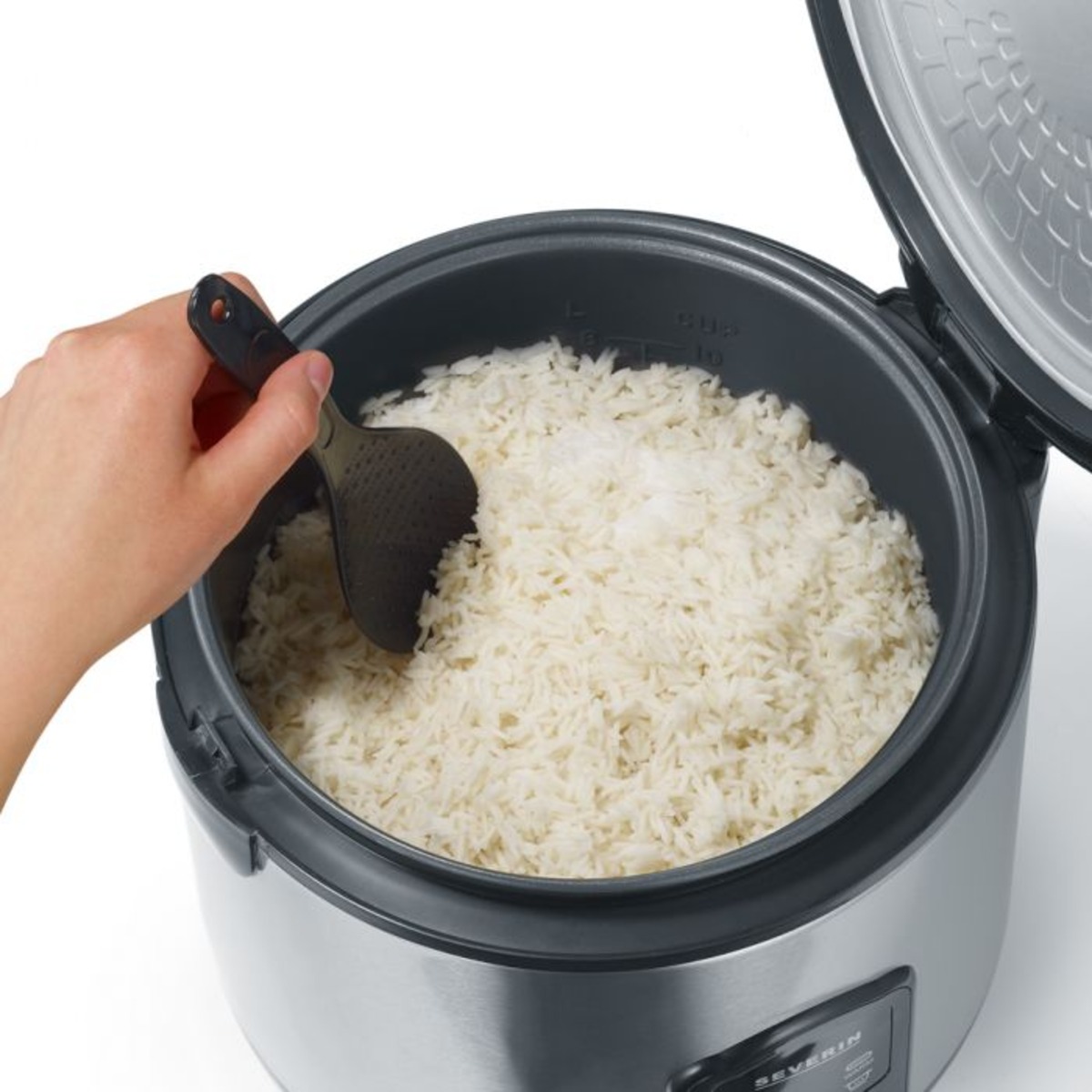
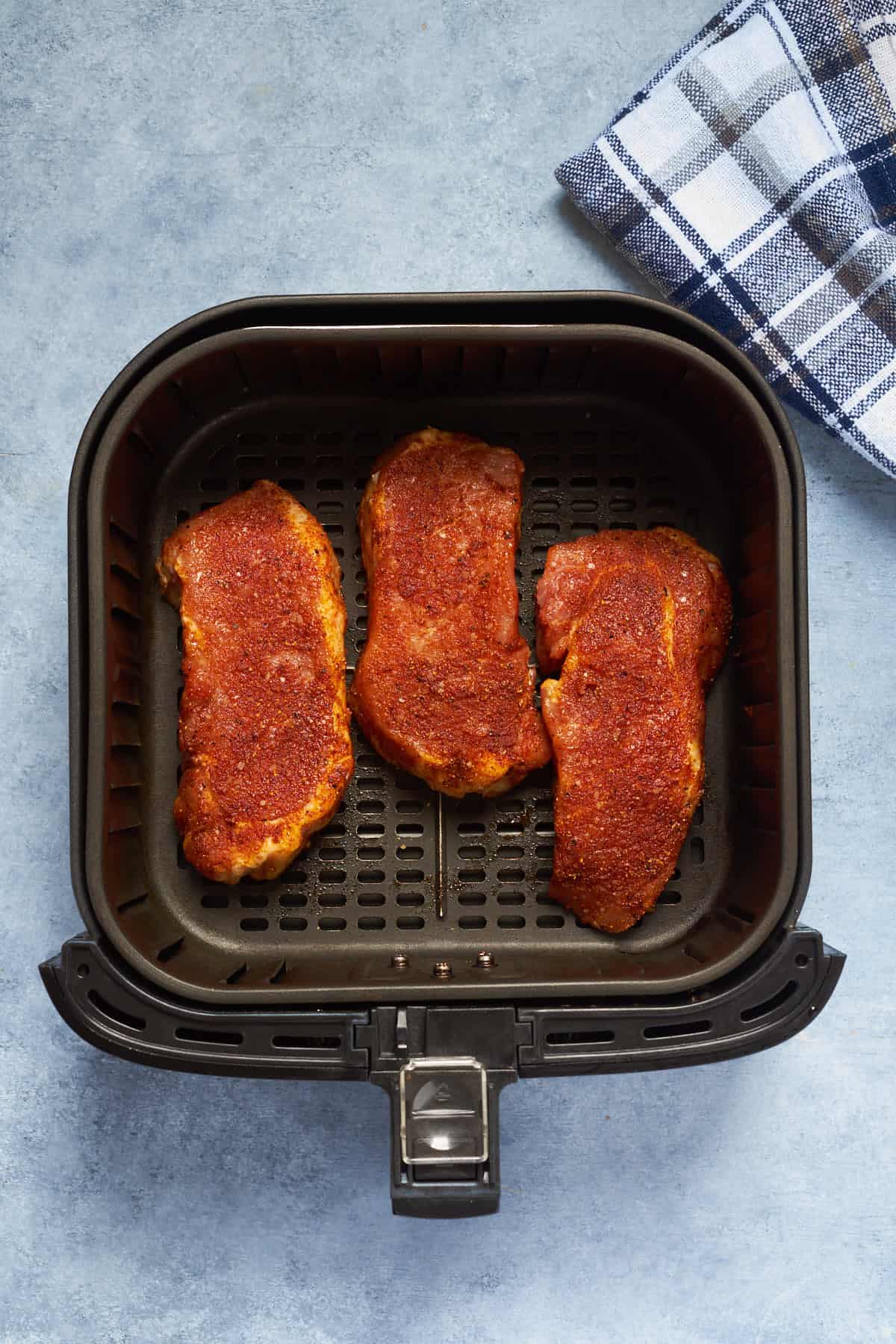


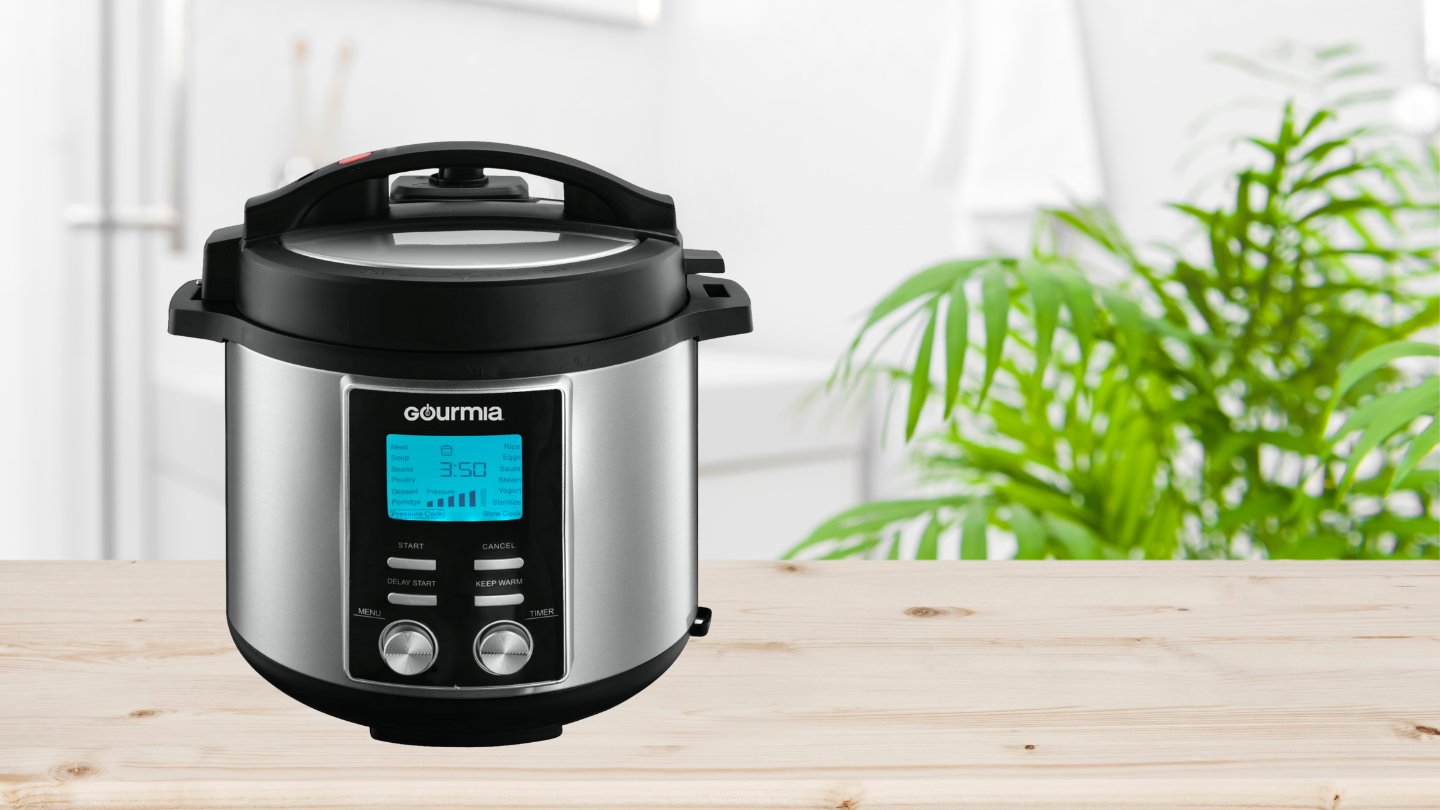
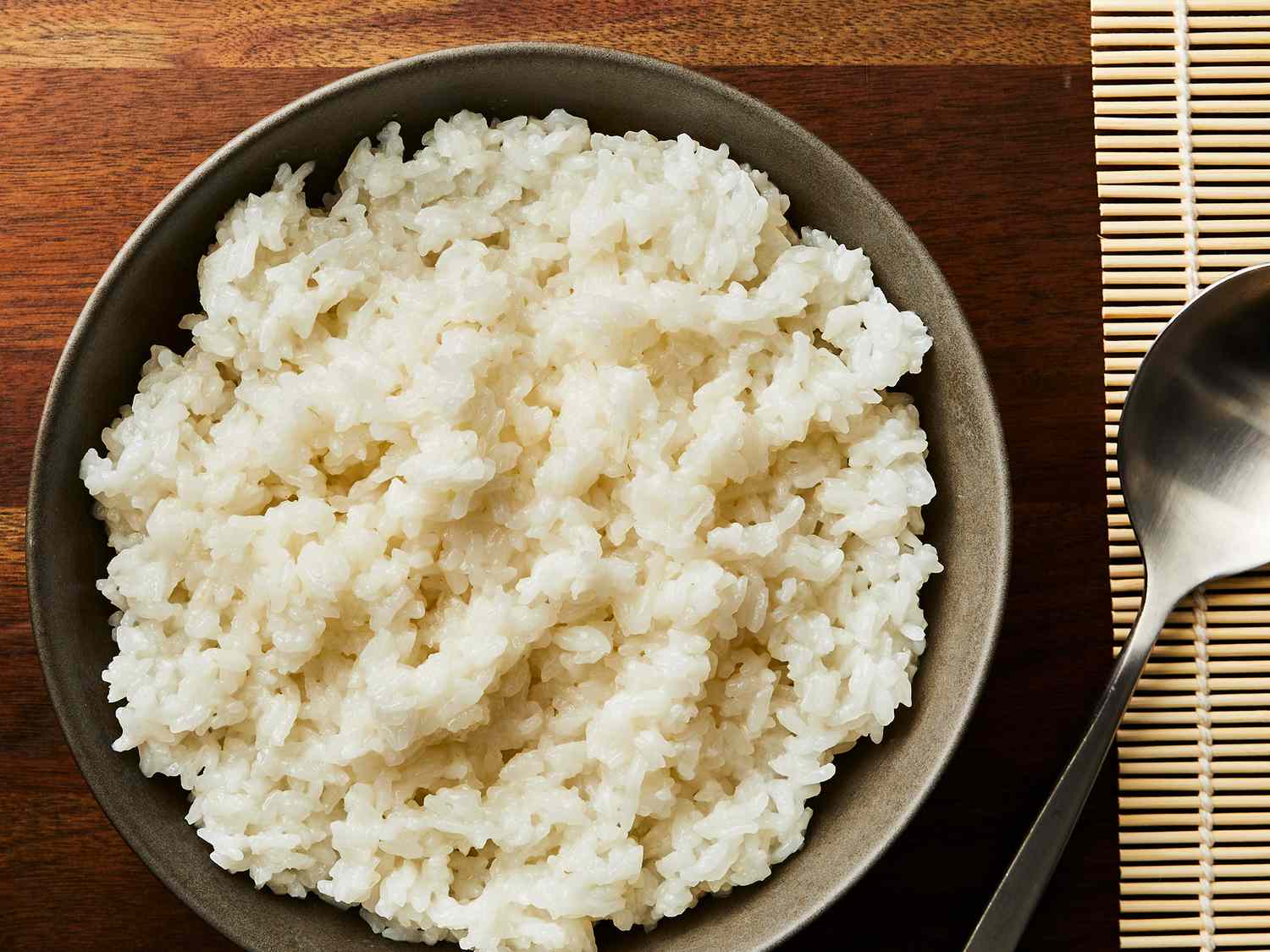
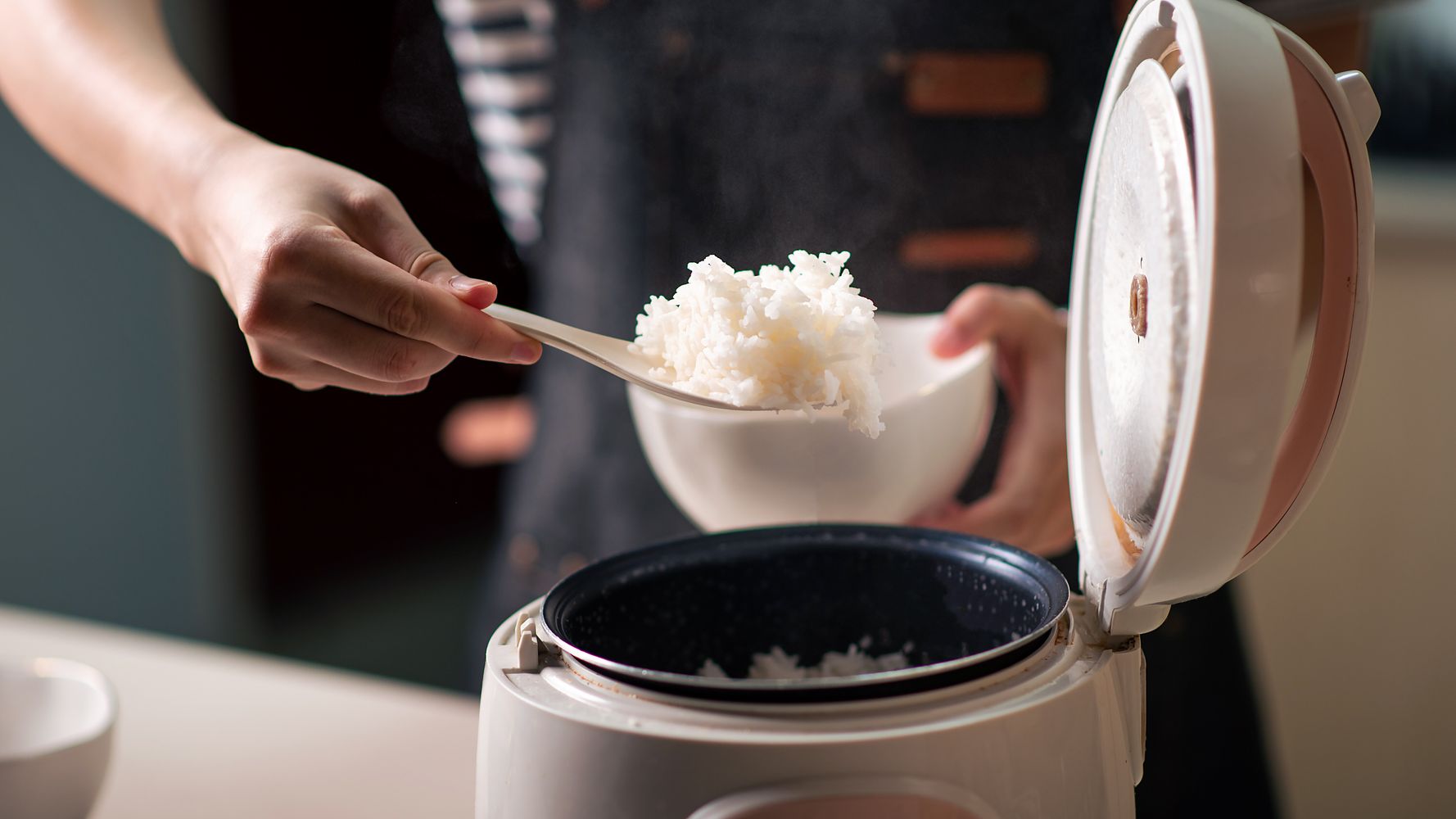
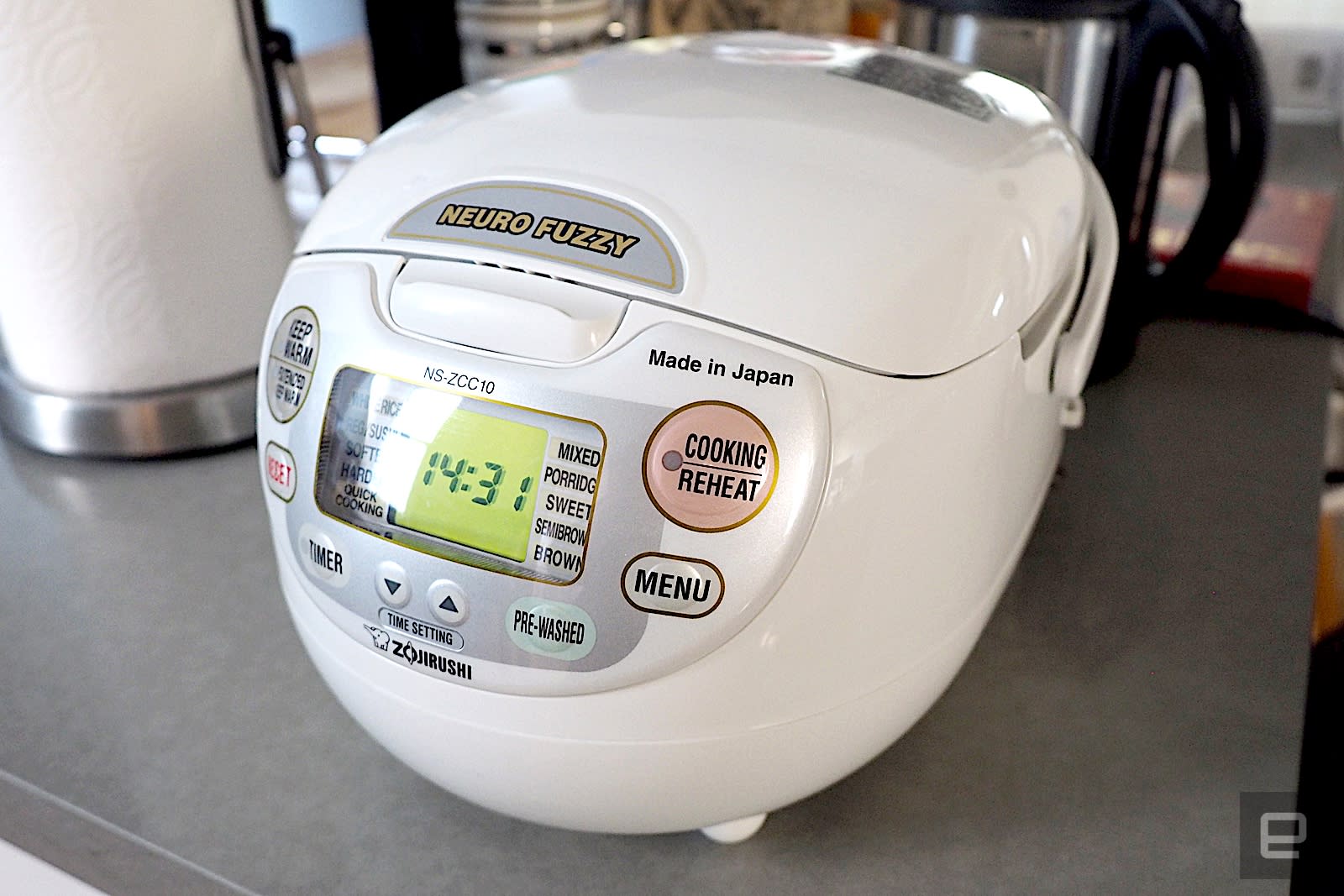
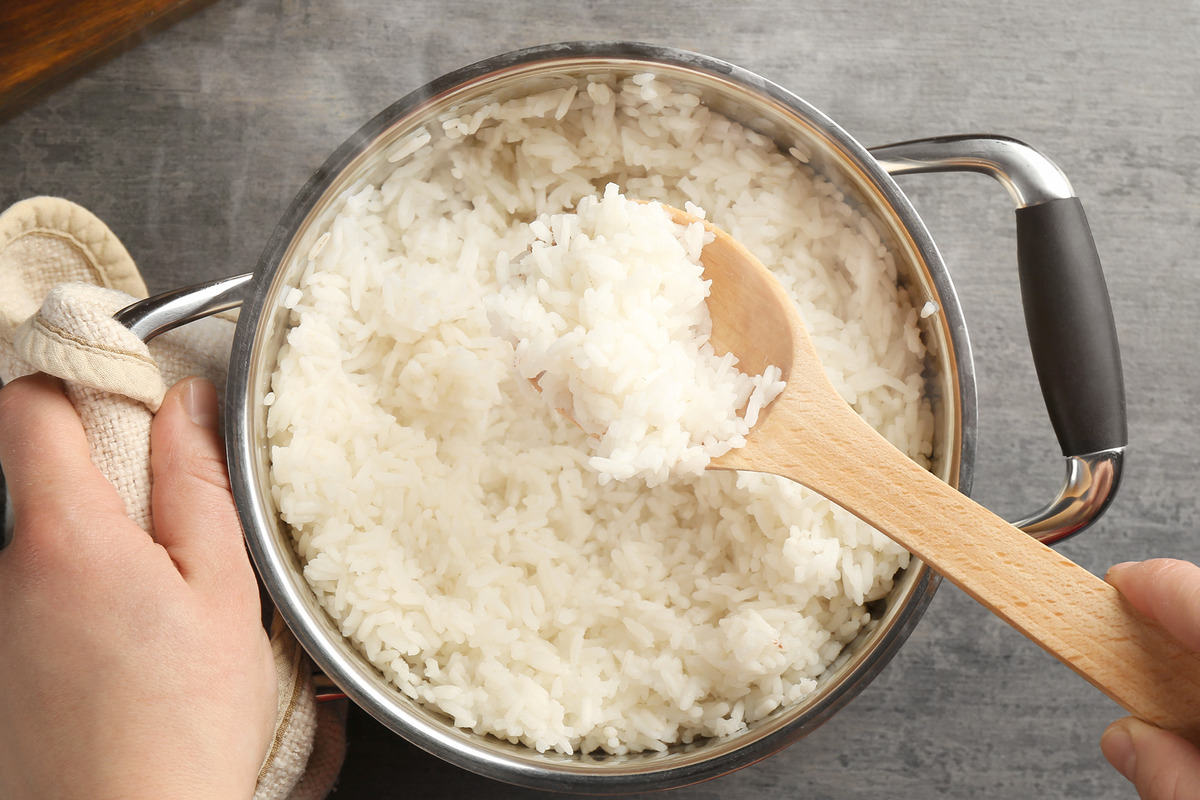
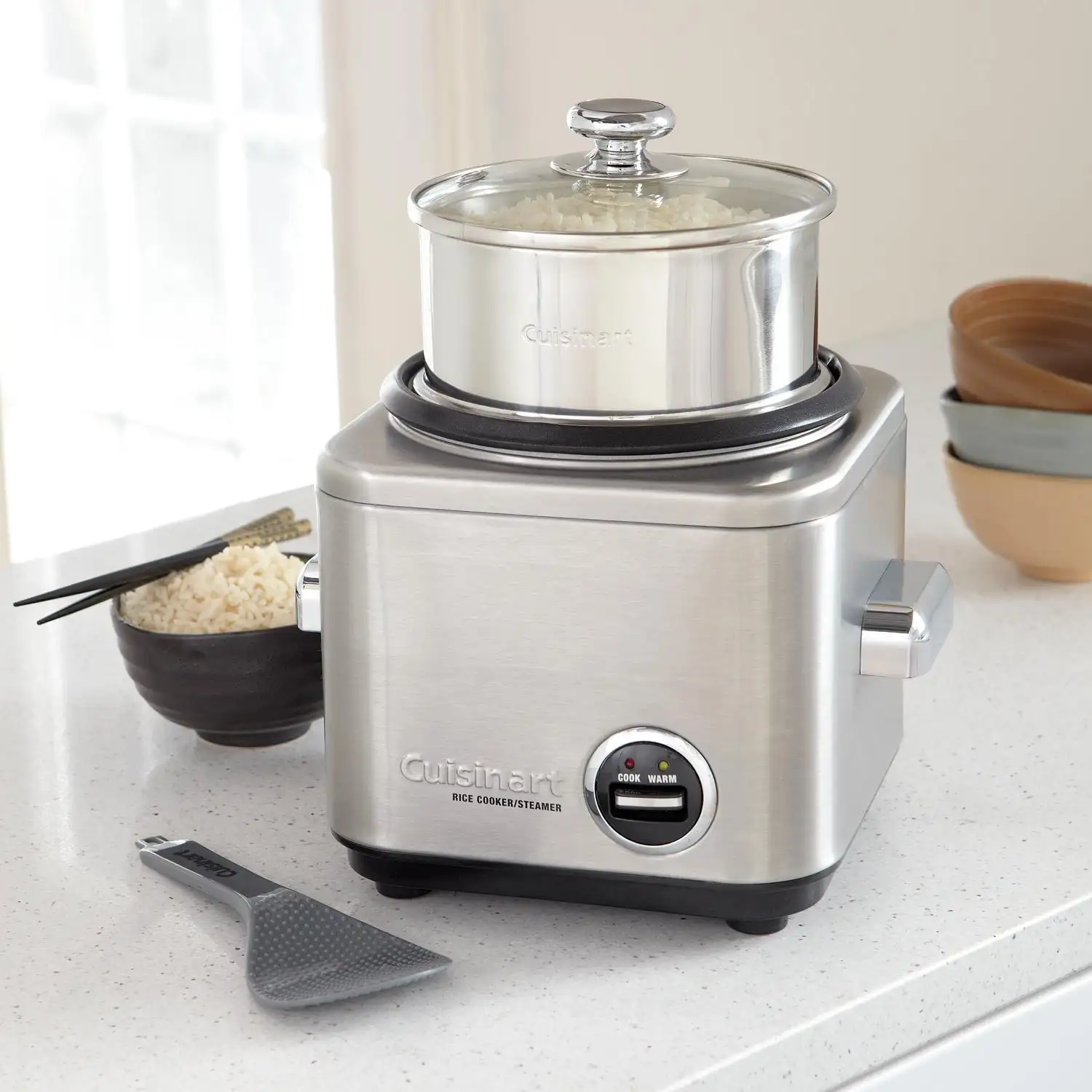
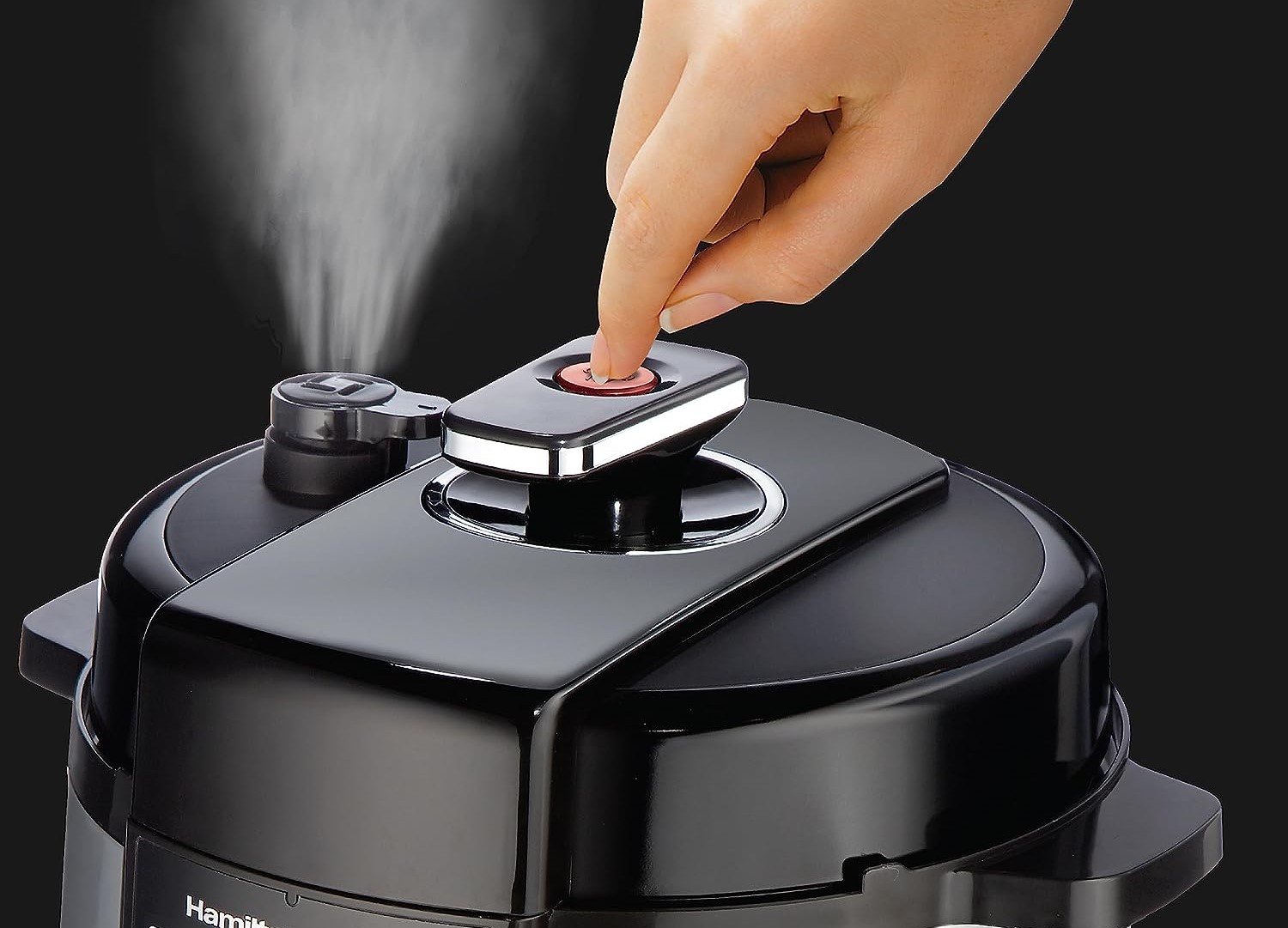

0 thoughts on “How Do You Cook Rice In Rice Cooker”